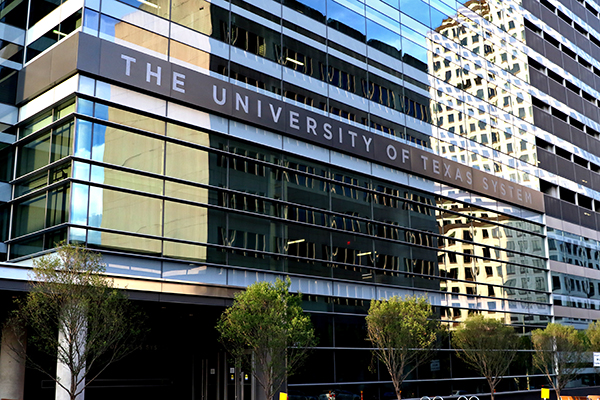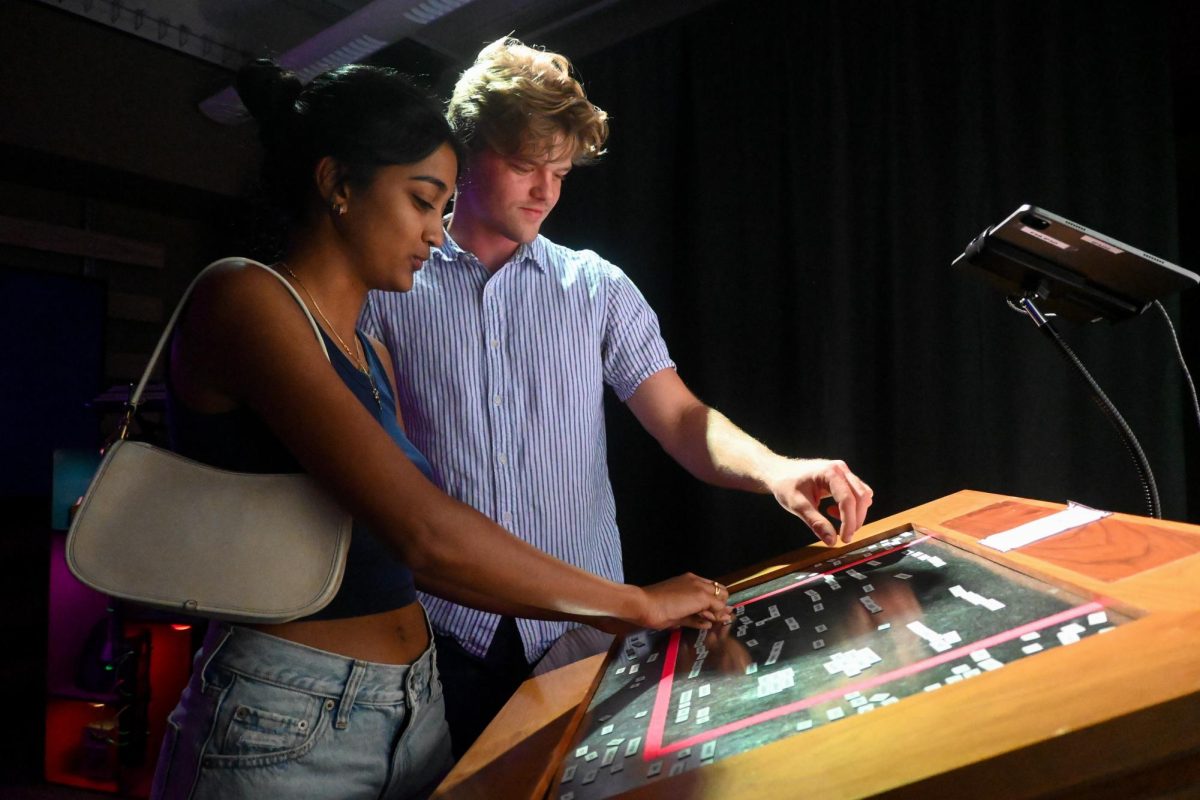An Army Futures Command headquarters located at the UT System building downtown will let students pursue research through the Army’s various sectors and allow the Army to tap into the talent and innovation available in Austin.
In July, the U.S. Army announced it was establishing the center, which focuses on improving weapons innovations and advancing research.
According to Col. Patrick Seiber, communication director for U.S. Army Futures Command, this is the biggest change the U.S. Army has made in 45 years, one that is essential in the transition from an industrial age to an informational age.
“This is a fundamental change, and we have to be in the kind of space where we can do this, not just staying behind our walls,” Seiber said. “That’s why we’re looking to move our headquarters to Austin.”
Varun Rai, associate dean for research at the LBJ School of Public Affairs, advocated for the move to Austin during the final stages of the Army’s decision. Rai said UT students could benefit from the increase in technological research activity that the command center will bring to Austin.
“This is really a major initiative by the army,” Rai said. “It’s directly linked with the type of research we do at the University and really at the cutting edge.”
Seiber attended meetings and panels in Austin on July 13 to inform citizens about the new center and how it will integrate into Austin. The Futures Command team, Seiber said, expects the next wave of army employees to arrive by August. Then, the Army will begin to hire civilians from Austin.
“We’ll get to grow over the next several months,” Seiber said. “We intend by the spring to have about 250 folks on the ground.”
With approval from the UT System Board of Regents, the headquarters will be stationed at the UT System Building on Seventh Street. David Daniel, deputy chancellor of the UT System, said the Army’s decision is a stamp of approval on Austin’s national competitiveness.
“I think it’s a tremendous vote of confidence in UT-Austin and the University of Texas system and our entire region, that we have so much talent here,” Daniel said.
Seiber said Austin met all the criteria the Futures Command was looking for back in February — a city with high levels of education, industry and innovation.
“Part of the reason we’re moving to Austin is to be mixed with innovators and industry,” Seiber said. “We have to partner with the best, and Texas happens to have that.”
Daniel said he hopes programs at different UT system schools will contribute to the center, such as the cybersecurity program at UT-San Antonio and the microelectronics and nanoelectronics programs at UT-Dallas.
Seiber said both the Army and UT will benefit from the center’s location, because of the Army’s current need for solutions and students’ eagerness to pursue research and solve problems.
“The Army’s gonna come up with problems and we’re gonna get students to come up with solutions,” Seiber said.





















